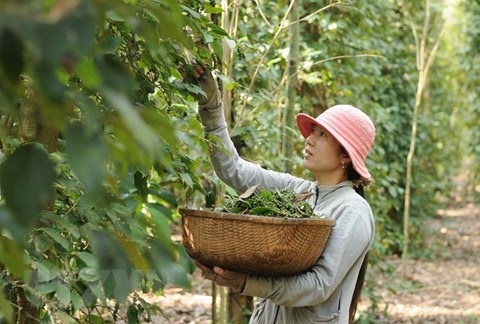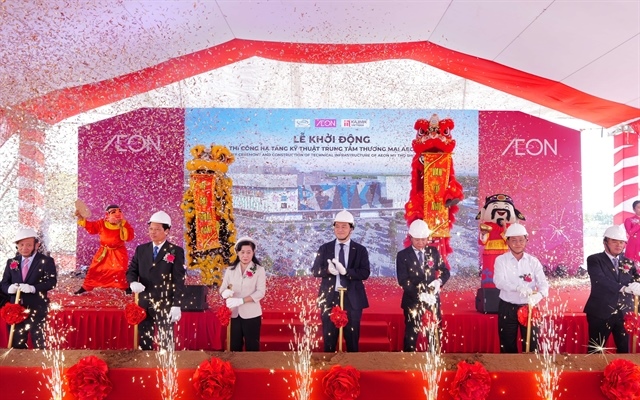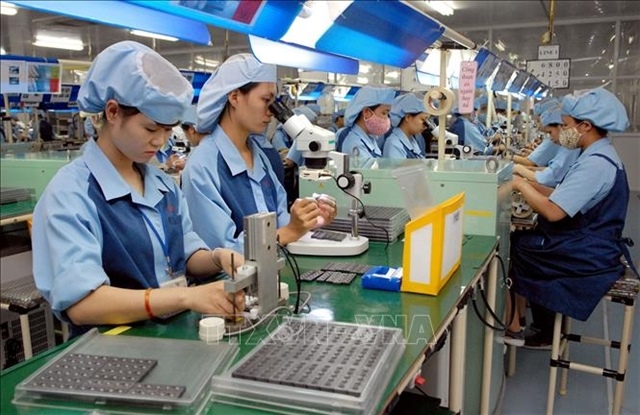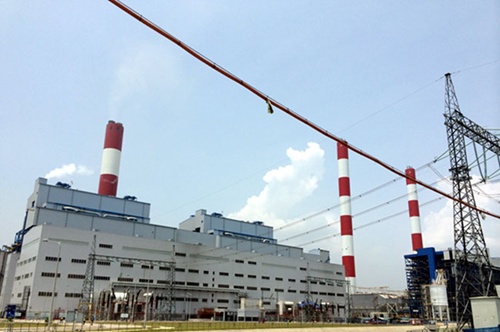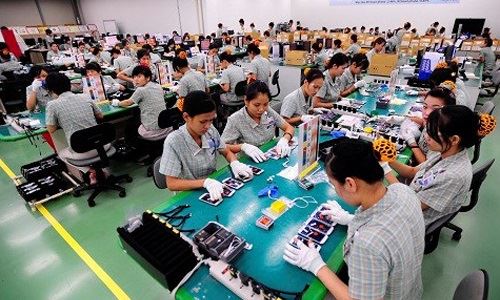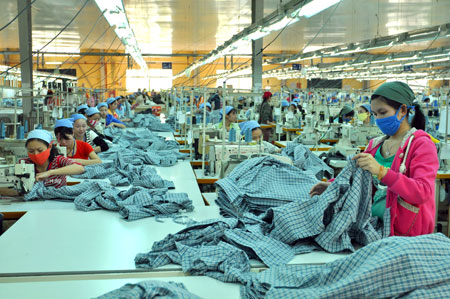Sapporo remains efforvescent despite consecutive losses
Sapporo remains efforvescent despite consecutive losses
Sapporo Breweries, brewer of the oldest beer brand in Japan, has reaffirmed its commitment to the Vietnamese market and its high potential, despite consecutive years of loss.
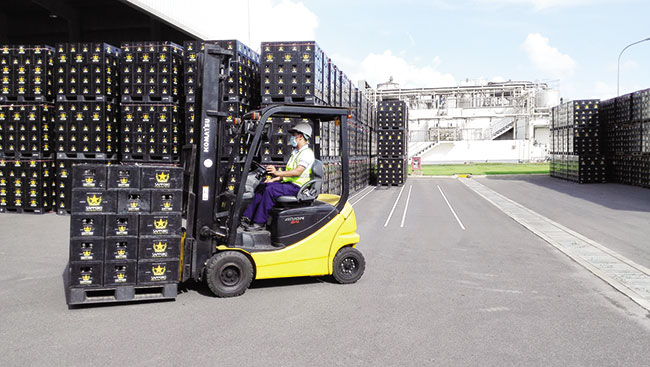
At a recent meeting with the media, Sapporo Vietnam’s general director Mikio Masawaki revealed that the company hadn’t made a profit in the past four years after the opening of its Vietnamese factory in the southern province of Long An in 2011.
Masawaki said that in 2014, Sapporo Vietnam saw two-digit growth in the revenue, but did not give details. The company did not publicise its 9-month results either, but Masawaki said this year the company was aiming for a similar growth rate.
“Sapporo invested a lot in marketing and promotion to build the brand and create the basis for development in the future. That’s why Sapporo is not making a profit,” Masawaki explained, but added that “competition in Vietnam’s beer market is tough, so we think we have to continue investing in marketing to build and firmly position the brand.”
He remarked that in the past 5-10 years, the Vietnamese beer market grew very strongly, but recently, the growth decreased to about 7-8 per cent per year. However, each segment is growing at a different speed. According to a recent research by Nielsen, the medium-high and high-end segments of the domestic beer market should see their market share rise to 70 per cent from the current 55 per cent.
The reason is that Vietnam’s income per capita is on the rise, and the demand for higher end beer is rising with the standard of living. According to Masawaki, Sapporo is firmly positioned in this segment. “In Ho Chi Minh City, we’re right behind Sabeco and Vietnam Brewery Limited in market share, but we don’t have official statistics yet,” he said. “After putting in place the basis for development, we hope to get to a phase of growth, then we’ll make a profit.”
Sapporo Breweries can’t give information on when that will be; however, the parent company aims to raise Sapporo Vietnam’s revenue to 50 per cent of its total overseas revenue.
Sapporo Vietnam has just bought a 29 per cent stake in its Long An brewery from state-owned Vietnam National Tobacco Corporation (Vinataba). The Japanese company now owns 100 per cent of the 6.5-hectare brewery, which has the designed capacity of 40 million litres per year and is expected to reach the maximum capacity of 150 million litres per year in 2019. It is Sapporo Breweries’ third beer factory, with two others in Japan and the US. Sapporo Vietnam is also seeking to expand its network of vendors, which remains confined mostly to the Ho Chi Minh area, near its brewery. Around 4,000 restaurants and shops now sell Sapporo Premium. By pushing into Hanoi, Danang, and other areas, the brewer aims to increase this number to 7,000 or so by the Tet holiday next February.
Vietnam’s beer market measured just 3.41 million kilolitres in 2014, but is projected to grow about 40 per cent by 2019, according to the UK-based research company Euromonitor. The market is still deemed attractive, with foreign breweries continuing to affirm commitment to the country.
According to chairman of Carlsberg Group Flemming Besenbacher, Vietnam is a potentially huge market, with its young population base, and thus has always remained in Carlsberg’s long-term commitment agenda. Carlsberg, which currently has four brands in Vietnam, namely Carlsberg, Huda, Huda Gold, and Halida, is also exporting beer produced at its Vung Tau brewery to other markets, like Hong Kong and Singapore. In May this year, Anheuser-Busch InBev Vietnam, the subsidiary of multinational beverage and brewing company Anheuser-Busch InBev, started the operation of its first brewery in Southeast Asia in the southern province of Binh Duong. The 100 million-litre per year brewery shows the company’s long-term commitment to Vietnam, according to general manager of Anheuser-Busch InBev Indochina Ricardo Vasques, who added that the company was going to expand investment and production in the country.


